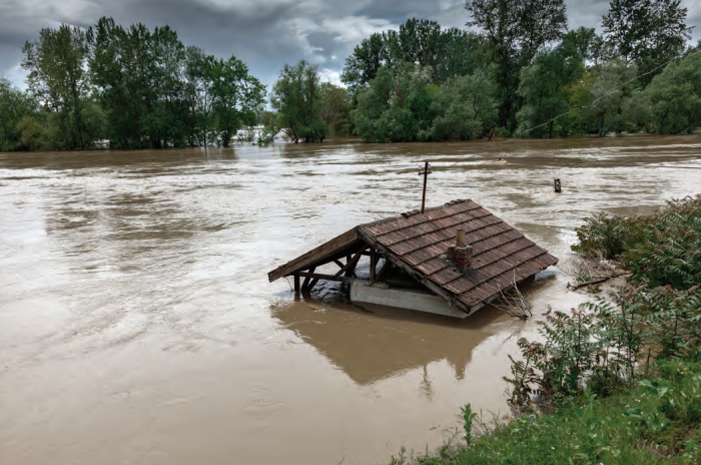Advancing operational flood forecasting, early warning and risk management with new emerging science: Gaps, opportunities and barriers in Kenya

This paper outlines the opportunities and challenges to improve end-to-end flood early warning systems, considering the scientific, technical and institutional/governance dimensions. Kenya and the wider East African region suffer from significant flood risk, as illustrated by major losses of lives, livelihoods and assets in the most recent years. This is likely to increase in future as exposure rises and rainfall intensifies under climate change. Accordingly, flood risk management is a priority action area in Kenya’s national climate change adaptation planning.
The authors demonstrate improvements in rainfall forecasts, river flow, inundation and baseline flood risk information. Notably, East Africa is a ‘sweetspot’ for rainfall predictability at sub-seasonal to seasonal timescales for extending forecast lead times beyond a few days and for ensemble flood forecasting. Further, we demonstrate coupled ensemble flow forecasting, new flood inundation simulation, vulnerability and exposure data to support Impact based Forecasting (IbF). We illustrate these advances in the case of fluvial and urban flooding and reflect on the potential for improved flood preparedness action. However, we note that, unlike for drought, there remains no national flood risk management framework in Kenya and there is need to enhance institutional capacities and arrangements to take full advantage of these scientific advances.
